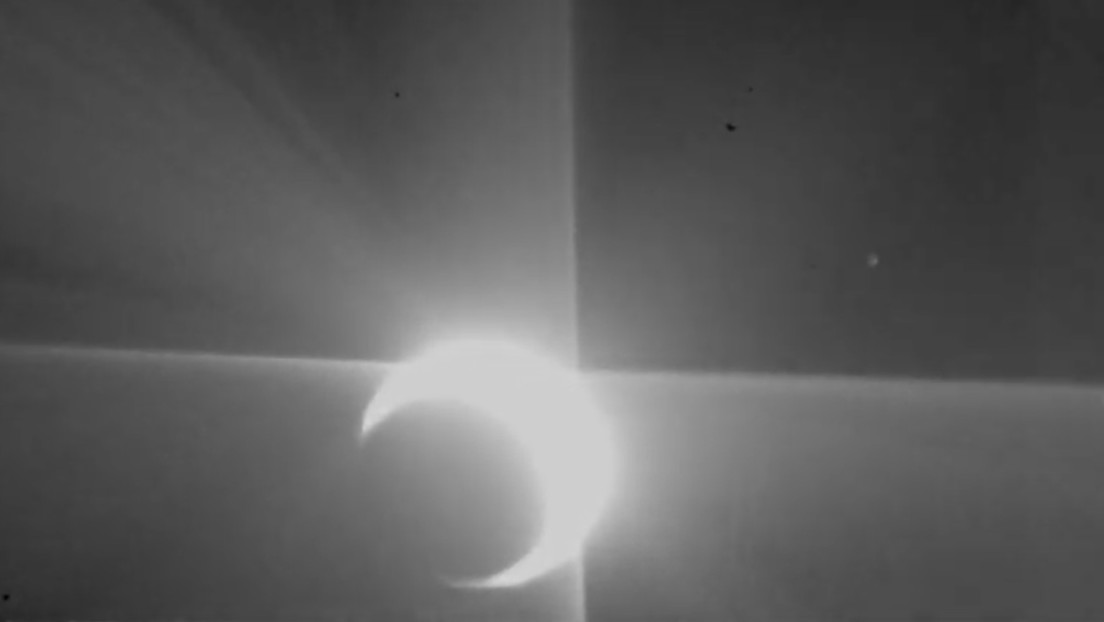Published:
13 ago 2021 09:01 GMT
NASA and the European Space Agency’s instrument have developed an approach to adjust the planet’s trajectory toward the sun using gravity.
Space exploration Solar orbit NASA and the European Space Agency (ESA) took place on Monday 7,995 kilometers From the surface of Venus.
The purpose of this spacecraft is to accelerate the spacecraft using the planet’s gravity and adjust its path towards the sun. In the pictures, the night time region of Venus is seen as a dark semicircle surrounded by part of the planet glowing with sunlight appearing in the shape of a half moon.
Ideally, we could have fixed some features on the night side of the planet, but there was more signal from the day side. In pictures only a day side line appears, but it reflects bright crescent and enough sunlight to contrast the rays. It appears from the surface “, Date A NASA report to astronomer Philip Hess.
Launched in February 2019, the Solar Orbiter weighs less than two tons and measures a maximum of 3 meters, not counting its solar panels. Its ten scientific tools on board seek to answer How it arises It also determines how the solar wind accelerates and what the magnetic field looks like Functional cycles Sensible by the sun on our planet, in addition to other scientific questions. Last June, it passed its first close encounter with the sun 77 million kilometers Half the distance from its surface, separating the star from our planet.
Also, this Tuesday, another space probe, European-Japanese Pepicolombo, Close 552 kilometers Of Venus. Like the solar orbiter, it used the second planet in the solar system as a ‘springboard’, whose purpose was to reach the target Mercury, which flew in early October. ESA released a photo of the approach taken at a distance of 1,573 kilometers from the planet.
There is Scheduled BepiColombo reaches Mercury at the end of 2025, and a year later its two orbits begin collecting data from the planet, according to the agency’s experts.


:quality(85)/cloudfront-us-east-1.images.arcpublishing.com/infobae/SMPW7M5BQFERBOQUPJXKCOKARY.jpg)
:quality(85)/cloudfront-us-east-1.images.arcpublishing.com/infobae/NP5NEZXMZFGNLBHNEQJHPJVMKM.jpg)

:quality(85)/cloudfront-us-east-1.images.arcpublishing.com/infobae/X7DZAL3I4REJTKPZ4Y4DYBHFMI.jpg)